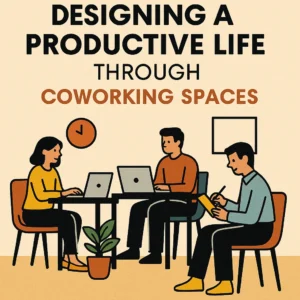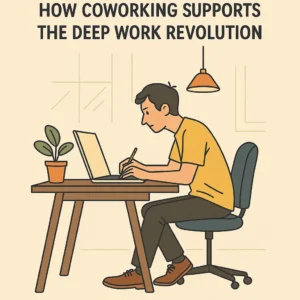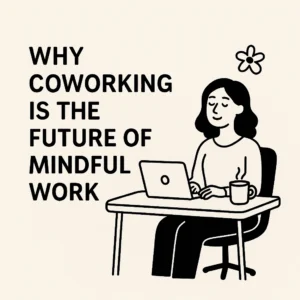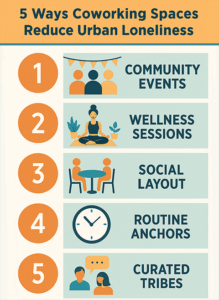Welcome to another in-depth exploration of the business world’s greatest literature. Today we dissect Jim Collins and Jerry I. Porras’ acclaimed work, Built to Last: Successful Habits of Visionary Companies.
The book, published in 1994, is a staple in the library of business professionals and entrepreneurs. It studies eighteen “visionary companies” and compares them to their rivals, exploring the factors that made these companies truly remarkable, enduring, and able to outperform their competition.
The co-authors examine the structure, culture, and approach of the chosen companies, not in the pursuit of a ‘magic formula’ for success, but to uncover the underlying habits that enable the success and longevity of these organizations. The book is an enlightening read that doesn’t just provide a checklist of business tips. Rather, it uncovers the fundamental principles that should guide companies aspiring for greatness.
“Built to Last” is a must-read for those who want to understand what makes a company not just successful but enduringly so. The authors take us on a journey, navigating through the complexities of corporate life, pointing out the common habits of the most successful companies, and providing a map for those seeking to create their own visionary companies. It’s an examination of the very DNA of enduring companies.
This book has received its fair share of praise from the business community and beyond, largely due to its careful research and poignant insights. Our review will go beyond the surface, dissecting the essential messages, and diving deep into the eighteen key ideas that form the core of this masterwork. As we unravel these insights, we’ll provide relevant examples to help illustrate these concepts, and demonstrate how they might be applied in your business journey.
While the world of business has evolved significantly since the book’s publication, the principles that “Built to Last” presents are timeless, making it a profoundly relevant read even today. Now, let’s dive deep into the heart of this inspiring work and unravel the enduring wisdom it holds.
Key Ideas from Built to Last
- Clock Building, Not Time Telling: Great companies don’t just aim for a single successful product or strategy. They focus on building an organization that can consistently generate success stories, just like a clockmaker builds a timepiece that accurately keeps time. Apple, for example, isn’t merely about the iPhone; it has consistently developed innovative products and services over the years.
- Genius of the AND: The most successful companies don’t restrict themselves to binary choices. They adopt an “AND” mentality, integrating seemingly opposed strategies or values. For instance, Johnson & Johnson balances profitability with social responsibility, as evidenced in their Credo.
- Preserve the Core/Stimulate Progress: Enduring companies have a strong core ideology that they preserve while stimulating progress and embracing change. Disney, for example, has consistently preserved its core value of creating magical experiences while evolving its services and mediums.
- Big Hairy Audacious Goals (BHAGs): Visionary companies set enormous, daunting goals. Amazon’s BHAG to be “Earth’s most customer-centric company” helped propel it into a wide range of industries beyond books.
- Cult-Like Cultures: Enduring companies have strong, unique cultures that passionately embrace their core ideologies. Google’s culture of innovation and ‘moonshot’ thinking is a prime example.
- Try a Lot of Stuff and Keep What Works: Successful companies embrace innovation, experiment often, and retain what brings results. 3M’s Post-it notes were born from a failed super adhesive experiment.
- Home-Grown Management: Enduring companies mostly promote from within, fostering culture continuity. General Electric is well-known for its leadership development and internal promotions.
- Good Enough Never Is: Visionary companies are marked by a relentless pursuit of excellence. Toyota’s kaizen philosophy, emphasizing continuous improvement, embodies this.
- Simultaneous Loose-Tight Properties: Successful companies strike a balance between adherence to core ideologies and operational autonomy. McDonald’s maintains a consistent menu worldwide while adapting to local tastes.
- More than Profits: Visionary companies are driven by purposes beyond making money. Patagonia’s dedication to environmental sustainability demonstrates this commitment.
- Alignment: Companies that last align their actions and strategies with their core values and purpose. Starbucks’ commitment to ethical sourcing aligns with its mission to inspire and nurture the human spirit.
- Consistency of Leadership: Enduring companies have consistent leadership that upholds the company’s core ideologies. Microsoft’s succession from Gates to Ballmer to Nadella preserved its vision of empowering people through technology.
- Decentralization: Enduring companies often delegate decision-making to foster innovation. The diversified conglomerate Berkshire Hathaway operates on this principle.
- Long-term Perspective: Visionary companies take a long-term perspective, even if it means short-term sacrifices. Netflix’s shift from DVD rentals to streaming demonstrated its long-term view.
- Constant Improvement: Lasting companies are committed to constant improvement and never rest on their laurels. Intel’s policy of ‘constructive confrontation’ encourages improvement through open debate and feedback.
- Hire for Fit: Enduring companies hire and keep employees that fit their unique culture. Zappos is well-known for its unique culture and hiring practices to ensure cultural fit.
- Independent Thinking: Successful companies encourage independent thinking and challenge the status quo. Elon Musk’s SpaceX disrupted the traditional aerospace industry with its approach to reusable rockets.
- Vigorous Debate: Visionary companies promote healthy debates to make informed decisions. Amazon’s principle of “Disagree and Commit” is a testament to this approach.
“Built to Last” offers profound insights into what truly separates the great from the merely good. Collins and Porras have provided a richly detailed and thoroughly researched study of what makes companies thrive and stand the test of time. By delving into these eighteen key ideas, we glean insights that go beyond mere business strategies, encapsulating a philosophy that guides not only corporations but can be applied to individual careers and life.
However, it’s important to remember that there’s no one-size-fits-all solution in the world of business. Every organization is unique, with its own sets of strengths, weaknesses, opportunities, and threats. These principles, while foundational and effective, should be tailored to fit your company’s unique circumstances. Adapt them thoughtfully to build a company that lasts.
Remember, building an enduring company requires patience, commitment, and a strong sense of purpose. The path may be challenging, but as “Built to Last” demonstrates, the rewards are truly exceptional. Aspiring to create such a company isn’t just about financial success, but about leaving a lasting legacy.
So, whether you’re an entrepreneur at the beginning of your journey or an established business leader, “Built to Last” serves as an invaluable guide to help you navigate the complexities of the corporate world. As you march forward in your endeavor to build an enduring company, keep these principles in mind, apply them wisely, and you might just build a company that truly lasts.
Did you know? Creators like to use our coworking space in Bangalore
Learn more about our coworking space on our YouTube channel Work Theater Studios where we talk about a variety of topics including personal finance, entrepreneurship, business and life.
Did you know? We also have a private theatre in Bangalore.




